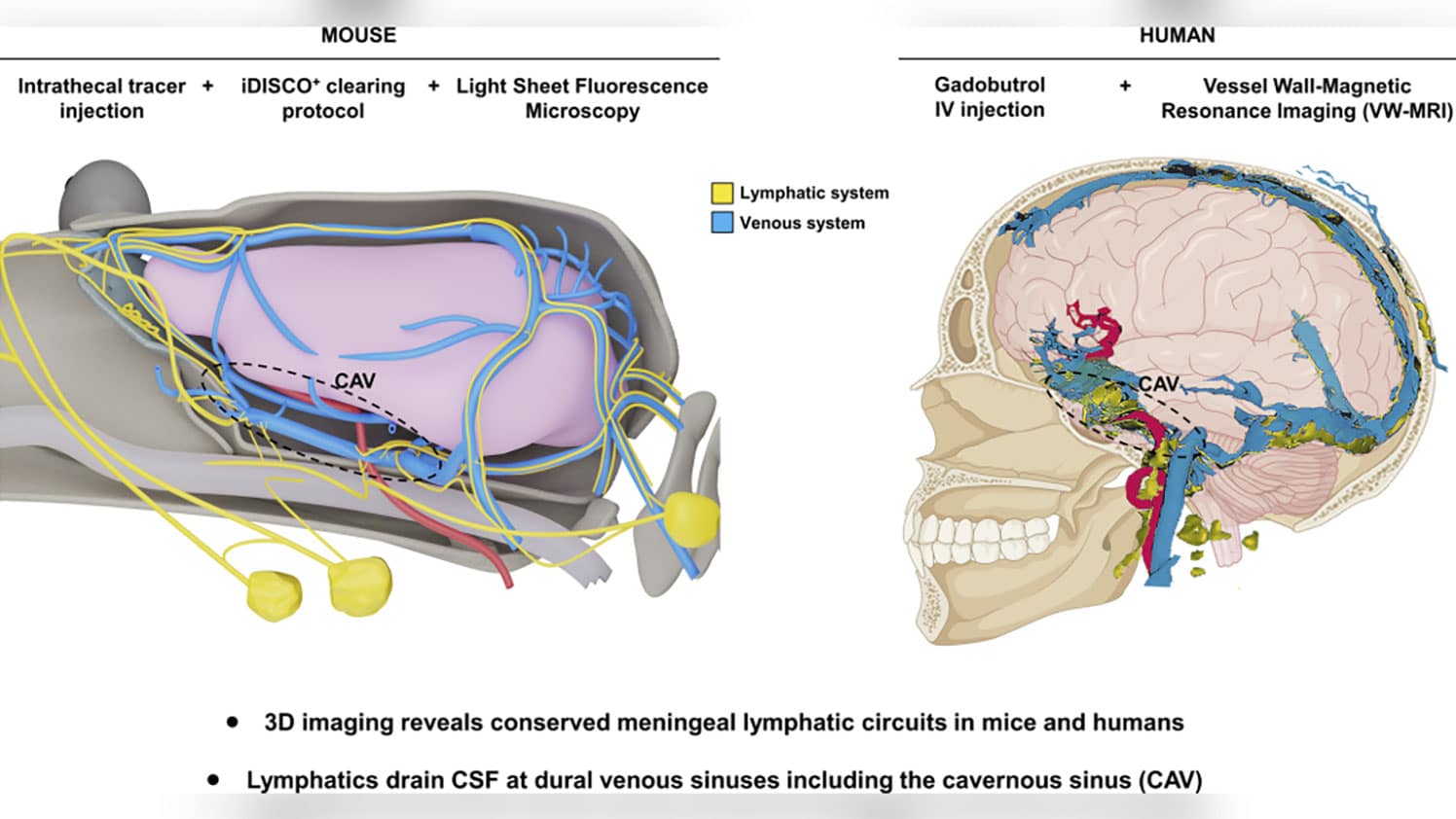Telecom engineers and researchers face several challenges when it comes to testing their 5G and 6G prototypes. One is finding a testbed where they can run experiments with their new hardware and software.
The experimentation platforms, which resemble real-world conditions, can be pricey. Some have a time limit. Others may be used only by specific companies or for testing certain technologies.
The new IEEE 5G/6G Innovation Testbed has eliminated many of those barriers. Built by IEEE, the platform is for those who want to try out their 5G enhancements, run trials of future 6G functions, or test updates for converged networks. Users may test and retest as many times as they want at no additional cost.
Telecom operators can use the new virtual testbed, as can application developers, researchers, educators, and vendors from any industry.
“The IEEE 5G/6G Innovation Testbed creates an environment where industry can break new ground and work together to develop the next generation of technology innovations,” says Anwer Al-Dulaimi, cochair of the IEEE 5G/6G Innovation Testbed working group. Al-Dulaimi, an IEEE senior member, is a senior strategy manager of connectivity and Industry 4.0 for Veltris, in Toronto.
The testbed was launched this year with support from AT&T, Exfo, Eurecom, Veltris, VMWare, and Tech Mahindra.
The subscription-based testbed is available only to organizations. Customers receive their own private, securesession of the testing platform in the cloud along with the ability to add new users.
A variety of architectures and experiments
The platform eliminates the need for customers to travel to a location and connect to physical hardware, Al-Dulaimi says. That’s because its digital hub is based in the cloud, allowing companies, research facilities, and organizations to access it. The testbed allows customers to upload their own software components for testing.
“IEEE 5G/6G Innovation Testbed provides a unique platform for the service providers, and various vertical industries—including defense, homeland security, agriculture, and automotive—to experiment various use cases that can take advantage of advanced 5G technologies like ultra low latency, machine-to-machine type communications and massive broadband to help solve their pain points,” says IEEE Fellow Ashutosh Dutta, who is a cochair of the working group. Dutta works as chief 5G strategist at the Johns Hopkins University Applied Physics Laboratory, in Laurel, Md. He also heads the university’s Doctor of Engineering program.
“The IEEE 5G/6G Innovation Testbed creates an environment where industry can break new ground and work together to develop the next generation of technology innovations.”
The collaborative, secure, cloud-based platform also can emulate a 5G end-to-end network within the3rd Generation Partnership Program (3GPP), which defines cellular communications standards.
“Companies can use the platform for testing, but they can also use the environment as a virtual hands-on showcase of new products, services, and network functions,” Dutta says.
In addition to the cloud-based end-to-end environment, the testbed supports other architectures including multiaccess edge computing for reduced latency, physical layer testing via 5G access points and phones installed at IEEE, and Open RAN (radio access network) environments where wireless radio functionality is disaggregated to allow for better flexibility in mixing hardware and software components.
A variety of experiments can be conducted, Al-Dulaimi says, including:
- Voice and video call emulation.
- Authentication and encryption impact evaluation across different 5G platforms.
- Network slicing.
- Denial-of-service attacks and interoperability and overload incidents.
- Verifying the functionality, compatibility, and interoperability of products.
- Assessing conformity of networks, components, and products.
The testbed group plans to release a new graphical user interface soon, as well as a test orchestration tool that contains hundreds of plug-and-play test cases to help customers quickly determine if their prototypes are working as intended across a variety of standards and scenarios. In addition to basic “sanity testing,” it includes tools to measure a proposed product’s real-time performance.
The proofs of concept—lessons learned from experiments—will help advance existing standards and create new ones, Dutta says, and they will expedite the deployment of 5G and 6G technologies.
The IEEE 5G/6G testbed is an asset that can be used by the academics, researchers, and R&D labs, he says, to help “close the gap between theory and practice. Students across the world can take advantage of this testbed to get hands-on experience as part of their course curriculum.”
Partnership with major telecom companies
The IEEE 5G/6G Innovation Testbed recently joined the Acceleration of Compatibility and Commercialization for Open RAN Deployments project. A public-private consortium, ACCORD includes AT&T, Verizon, Virginia Tech and the University of Texas at Dallas. The group is funded by the U.S. Department of Commerce’s National Telecommunications and Information Administration, whose programs and policymaking efforts focus on expanding broadband Internet access and adoption throughout the country.
“The 3GPP-compliant end-to-end 5G network is built with a suite of open-source modules, allowing companies to customize the network architecture and tailor their testbed environment according to their needs,” Al-Dulaimi says.
The testbed was made possible with a grant from the IEEE New Initiatives Committee, which funds potential IEEE services, products, and other creations that could significantly benefit members, the public, customers, or the technical community.
To get a free trial of the testbed, complete
.
Watch this short demonstration of how the IEEE 5G/6G Innovation Testbed works.youtube
Note: This article have been indexed to our site. We do not claim legitimacy, ownership or copyright of any of the content above. To see the article at original source Click Here













